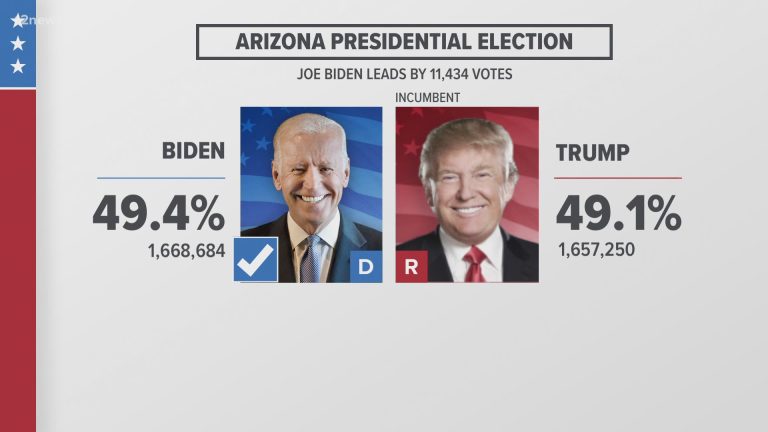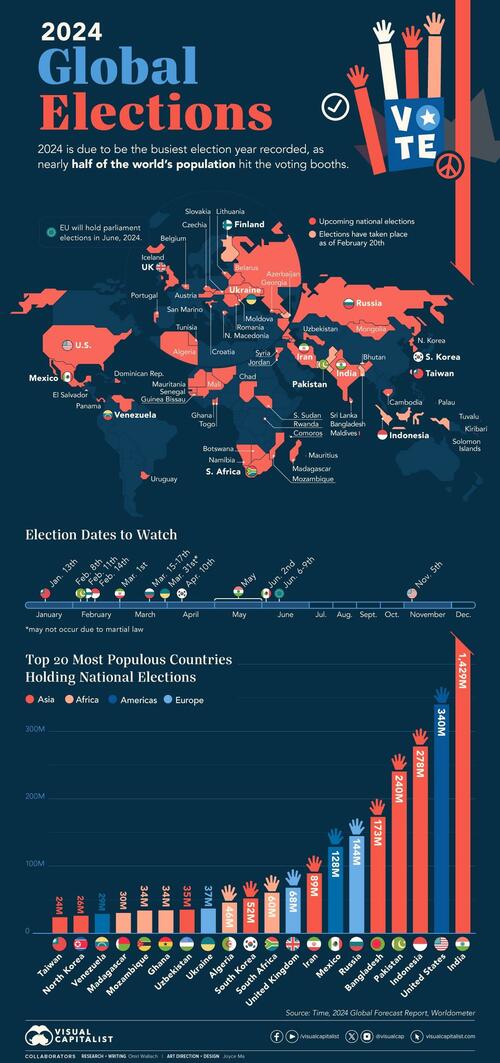

Fight Back: 3 Crucial Steps to Secure Fair Elections
Democracy’s lifeblood is the free and fair election. Yet, the very mechanisms designed to safeguard this process are increasingly under pressure. From subtle manipulation to blatant attacks, the integrity of our elections is constantly challenged. But apathy is not an option. Citizens must actively participate in securing fair elections; it’s not just a right, it’s a responsibility. This article outlines three crucial steps – informed vigilance, active participation, and unwavering advocacy – to strengthen the foundations of our democratic process.
Step 1: Informed Vigilance: Knowing the Enemy (and the Battlefield)
Securing fair elections begins with understanding the threats. This isn’t about succumbing to paranoia; it’s about informed awareness. The landscape of election interference is diverse, encompassing everything from gerrymandering and voter suppression tactics to disinformation campaigns and foreign interference.
Understanding the Tactics:
| Tactic | Description | Impact |
|---|---|---|
| Gerrymandering | Manipulating district boundaries | Unfair representation |
| Voter Suppression | Restricting access to voting | Reduced voter turnout |
| Disinformation | Spreading false information | Confused electorate |
| Foreign Interference | External attempts to sway elections | Compromised integrity |
Becoming an Informed Citizen: Don’t rely solely on mainstream news; diversify your sources. Explore independent journalism, fact-checking websites (like PolitiFact and Snopes), and academic research focusing on election integrity. Understanding the different forms of election manipulation is the first line of defense.
Step 2: Active Participation: Your Voice, Your Vote, Your Power
Informed vigilance is crucial, but it’s only half the battle. Passive observation won’t secure fair elections; active participation is essential. This involves more than just casting a ballot; it’s about engaging in the entire electoral process.
Beyond the Ballot Box:
- Become a Poll Worker: Participate directly in the election process, ensuring smooth and fair voting.
- Monitor Polling Places: Observe the voting process for irregularities, ensuring transparency and accountability.
- Join or Support Election Integrity Organizations: These groups work tirelessly to protect and improve elections.
- Engage in Civic Education: Educate yourself and others about the electoral process, voter rights, and election security.
- Contact Your Elected Officials: Advocate for election reforms and stronger protections against interference.
Your active participation isn’t just a personal responsibility; it’s a vital contribution to a healthy democracy. Even small actions have a cumulative effect.
Step 3: Unwavering Advocacy: The Power of Collective Action
Individual actions are powerful, but collective action amplifies the impact exponentially. Advocating for election reforms isn’t just about expressing your opinion; it’s about building a movement to protect the democratic process.
Advocacy in Action:
- Support Legislation: Contact your representatives and advocate for bills promoting election security and voter access.
- Organize and Participate in Protests and Rallies: Raise awareness and put pressure on those in power.
- Donate to Election Integrity Organizations: Support groups working to protect and improve elections.
- Engage in Public Discourse: Share information, challenge misinformation, and engage in respectful debate.
- Hold Elected Officials Accountable: Demand transparency and accountability in the electoral process.
Securing fair elections is a continuous process, not a one-time event. It demands constant vigilance, active participation, and unwavering advocacy. The future of democracy depends on our collective commitment to protecting the integrity of the electoral process. Let’s fight back, together.

Additional Information
Fight Back: A Deeper Dive into Securing Fair Elections
The core message of “Fight Back: 3 Crucial Steps to Secure Fair Elections” – emphasizing voter registration, election monitoring, and legal recourse – provides a necessary framework. However, a deeper analysis reveals the complexities and nuances within each step, requiring a more sophisticated understanding to effectively implement them.
1. Voter Registration: Beyond Simple Enrollment
The article likely advocates for increased voter registration, but this requires a nuanced approach beyond simply encouraging individuals to register. Challenges include:
-
Barriers to Registration: Many jurisdictions have restrictive registration deadlines, complex forms, and lack of accessible registration options (online registration isn’t universally available). For example, states with strict ID requirements disproportionately disenfranchise low-income individuals and minorities who may lack access to required documentation. Statistics on voter turnout broken down by demographic groups and state-level registration laws would illuminate these disparities. Case studies showcasing successful initiatives like automatic voter registration (AVR) in states like Oregon, which has seen significant turnout increases, could be incorporated.
-
Purging Voter Rolls: The practice of removing registered voters from the rolls, often due to inactivity or inaccurate information, can disenfranchise eligible voters, particularly those who are mobile or elderly. Analysis of purges and their impact on specific demographic groups, and comparison of purging practices across different states, would highlight the potential for voter suppression.
-
Voter Education: Simply registering isn’t enough; voters need to understand the process, candidates, and issues. A lack of civic education can lead to uninformed choices or disengagement. This requires targeted outreach campaigns tailored to specific communities and addressing language barriers and digital literacy gaps. The success of voter education programs in increasing informed participation should be examined.
2. Election Monitoring: Beyond Simple Observation
Effective election monitoring goes beyond simply observing the polling process. It requires:
-
Technological Expertise: Modern elections rely heavily on technology, making cybersecurity vulnerabilities a significant concern. Monitoring requires understanding election systems, software, and potential points of failure. Analysis of past election hacking attempts, like those in the 2016 US elections, and their impact on electoral integrity would be essential.
-
Data Analysis: Post-election audits and statistical analysis of vote counts are crucial to identify potential irregularities or patterns indicative of fraud. Discussions of statistical methods used in election auditing and their limitations should be included. Examples of successful post-election audits that uncovered discrepancies should be highlighted.
-
Training and Resource Allocation: Effective monitors require rigorous training on observation techniques, legal frameworks, and reporting procedures. Sufficient funding and resources are essential to deploy and support a comprehensive monitoring network.
3. Legal Recourse: Beyond Simple Litigation
The legal path to challenging election outcomes is complex and resource-intensive. This requires:
-
Understanding Election Law: Navigating election laws varies significantly between jurisdictions. Detailed understanding of relevant statutes and case precedents is crucial for building strong legal challenges.
-
Resource Constraints: Legal challenges can be expensive and time-consuming, often requiring significant financial investment and legal expertise. This creates an unequal playing field, favouring well-funded campaigns. Analyzing the success rate of election-related lawsuits based on resource availability would be insightful.
-
Public Awareness and Advocacy: Public awareness of legal pathways to challenge election irregularities and the importance of citizen engagement in these processes are vital. Successful advocacy campaigns that resulted in positive electoral outcomes would reinforce the need for this strategy.
In conclusion, while the “3 Crucial Steps” provide a valuable starting point, a deeper dive reveals the multifaceted challenges inherent in securing fair elections. Comprehensive solutions require a more detailed understanding of the complexities within each step, leveraging data, analysis, and relevant case studies to effectively promote electoral integrity and democratic participation. This necessitates a multi-pronged approach incorporating technology, education, legal expertise, and robust civic engagement.




